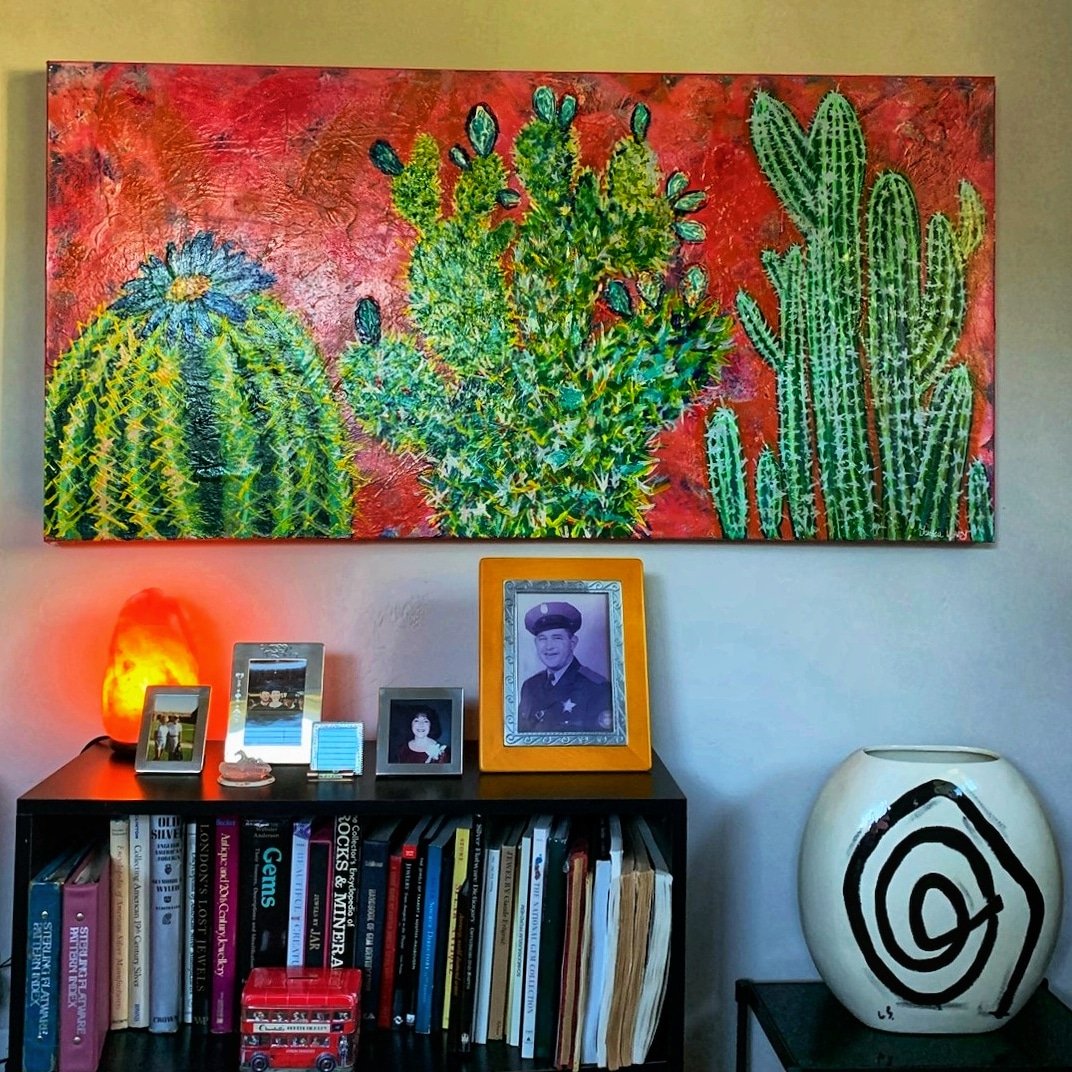
How to Strategically Place Art In Your Home
-
Functionality and Measurements
Understand the functionality of a room that you’re interested in incorporating artwork in. What do you want that space to say? How do you want others to feel in that space? Base your art preferences off of functionality first. Measure the wall space where you plan to hang the art. Make sure the artwork isn’t too large or too small for the area. A piece that’s too small can get lost, while one that’s too large can overwhelm the space.
-
Color and Style
It is very important to consider the color scheme of the room. If your room is neutral, colorful or vibrant art can add depth and energy; if the room is bold, more subdued art can create balance. Select art that speaks to you personally. Whether it’s abstract, coastal, or portrait, make sure it reflects your taste and evokes the emotions you want to feel in the space.
-
Lighting is Everything!
Consider the lighting in the room, as it can affect the perception of the art. If your space has natural light, be mindful of where it falls to avoid direct sunlight, which can fade the artwork over time. Consider adding accent lighting, such as picture lights or track lighting, to highlight your art and create a gallery-like atmosphere.
-
Focal Points and Balance
Anchor the artwork around a focal point in the room, such as a sofa, fireplace, or bed. This helps establish a visual flow.
Balance the size and weight of the art with the furniture or other design elements in the room. For instance, a large artwork above a couch or bed can create a balanced composition.
-
Grouping and Spacing
When arranging multiple pieces, maintain consistent spacing between them (usually 2-4 inches). This creates harmony and makes the collection feel cohesive.
Consider creating a gallery wall with a mix of artwork types and sizes. You can follow a grid layout for a more formal look or arrange them organically for a relaxed feel.
-
Experiment before Hanging
Before committing to hanging a piece, lay the artwork on the floor to experiment with different placements and arrangements.
You can also use painter’s tape to outline the shape of the art on the wall to visualize how it will look in the space.
Artwork should generally be hung at eye level, which is about 57-60 inches from the floor to the center of the piece. This creates a balanced and comfortable viewing experience.
In spaces with a high ceiling, you can hang art slightly higher to fill the vertical space, but avoid placing it too high to feel disconnected from the room.
-
Make sure you Love It
When purchasing or collecting artwork, it’s easy to be tempted by a spontaneous visit to your local decor store or online shopping, grabbing pieces that simply feel good in the moment. However, without any emotional connection or sentimental value, these pieces are often the first to be discarded when it’s time to declutter or refresh your space. To create a home that truly reflects your personality and style, ensure that every piece of art you accumulate is something you genuinely love. Art that resonates with you on a deeper level will help transform your space into the haven you’ve always envisioned.













